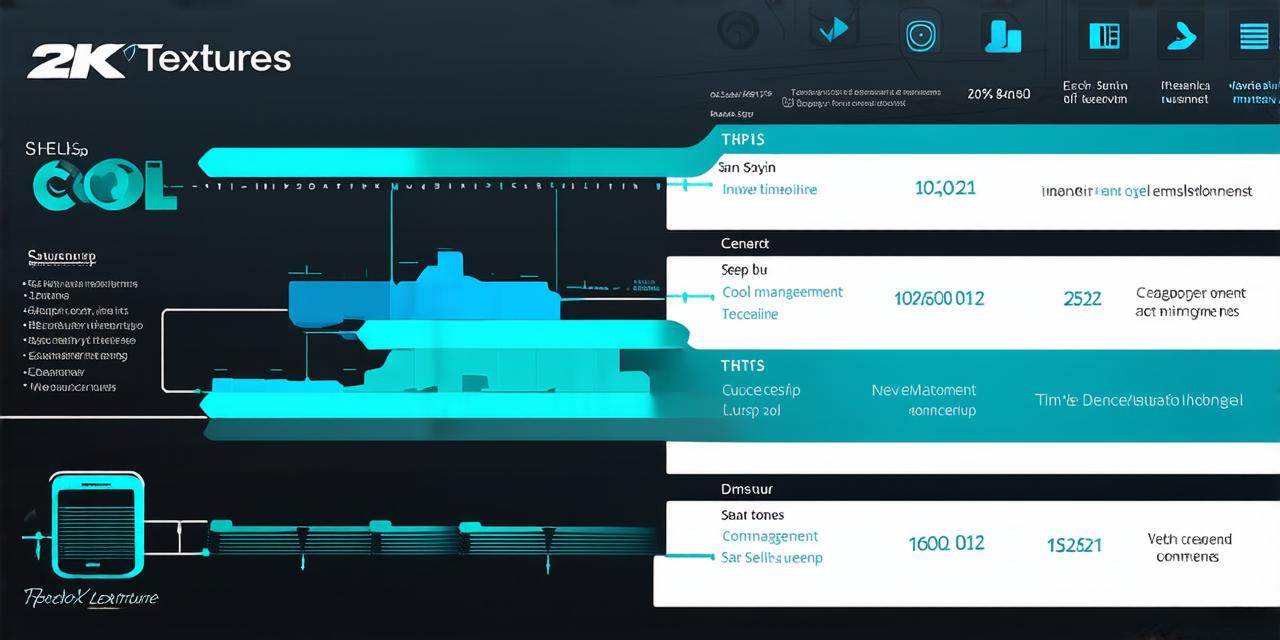Timeline for developing a mobile app
In the realm of contemporary technology, mobile apps have become indispensable elements of our daily lives. This guide delves into the chronology of creating a mobile app, from its inception to fruition.
Introduction
The initial phase is ideation (1-2 weeks), where you refine your idea by understanding user needs, market trends, and competition. For instance, Uber’s conception was driven by the need to streamline taxi services.
Subsequently, design and prototyping (2-4 weeks) ensue. This stage involves creating wireframes, mockups, and prototypes to visualize your app, similar to sketching a blueprint for a building before construction begins.
Development (4-12 weeks) follows, where coding, testing, and debugging take place. It’s like constructing the foundation and structure of your app.
After development comes testing (2-4 weeks), ensuring the app functions as intended and offers a smooth user experience. This stage is akin to a dress rehearsal before the grand opening.
Launch (ongoing) marks the beginning of maintenance, where you monitor user feedback, fix bugs, and update your app to keep pace with evolving trends. It’s like maintaining a garden, continuously nurturing and pruning to keep it thriving.
FAQs
1. How long does it take to develop a mobile app? – The timeline can vary significantly based on the complexity of the app, but typically spans 3-6 months.
2. What tools are beneficial for designing and prototyping apps? – Sketch, Adobe XD, and Figma are popular choices for design and prototyping.
3. How can I make my app stand out in a crowded market? – Focus on offering unique value to your users, and continuously iterate based on user feedback.
In conclusion, developing a mobile app is a meticulous process that demands patience, perseverance, and a keen eye for detail. However, remember every great app originated from an idea, so don’t shy away from dreaming big!
